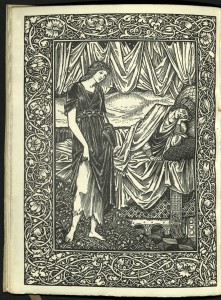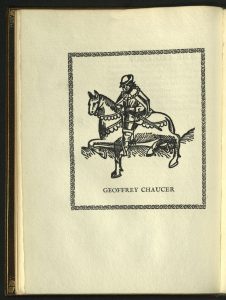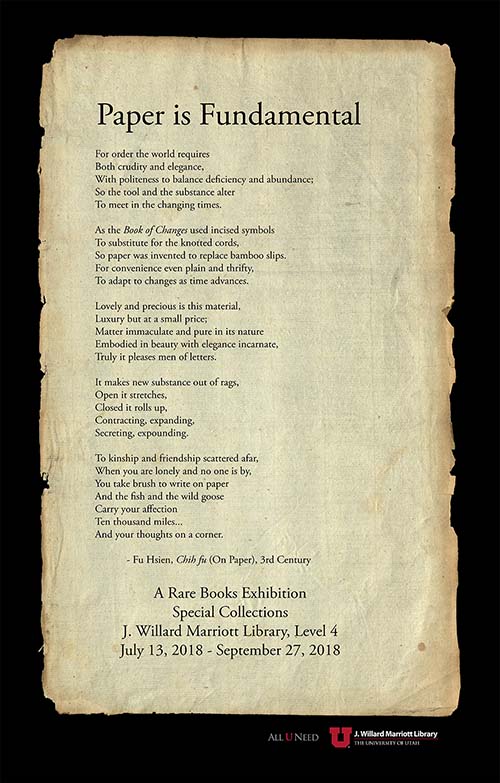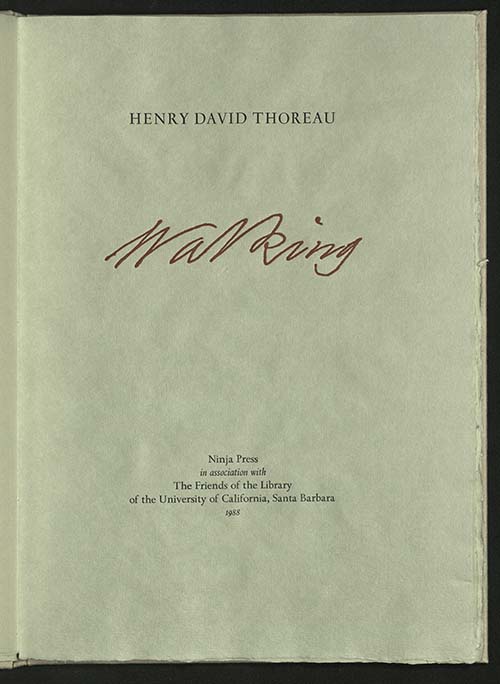Tags
acid bisulfite, Arches, Asia, Barcham Green Hayle Mill, Cai Lun, cellulose, Charter Oak, China, England, Europe, France, Han dynasty, J. Willard Marriott Library, Jon Bingham, lignin, mouldmade, paper, pH neutral, printing, rare books, Special Collections Gallery, sulfite, The University of Utah, William Everson
“The most fundamental thing about a book is to find the right paper, because it’s the whole ground of the being of a book, and the quality of the paper is in some ways the most elusive…Critics of the book generally focus on the type and when people get into printing, the first thing they get into is type. They learn to recognize the different faces, and become pre-occupied with them. But the paper is more fundamental, because that is where the beauty begins, and in the end, that is all that beauty comes back to — the substance of the paper, the field on which the whole thing can act.” –William Everson (1912-1994), On Printing
Most people see and touch paper every day. Most of us know little about where the paper we use comes from.
 Resuscitatio… (1670)
Resuscitatio… (1670)
The paper for this book was made in Morlaix, south of Paris. The watermark is made up of a plain and simple monogram, “P.Huet.” Because of cheap labor, Morlaix paper was quite inexpensive and was imported from Brittany to England beginning about 1629 for many years with great regularity. The Huet’s, an astute family of papermakers, outlasted virtually all of their seventeenth-century competitors and continue to make paper today at Pontrieux (Cotes du Nord), east of Morlaix.
Paper is produced by pressing together the moist cellulose fibers of plant material, which is achieved through drawing sheets of the fibers from vats of pulp before pressing and drying them.

Love is Enough (1897)
At Kelmscott Press, William Morris used paper made by Joseph Batchelor. The paper cost two shillings per pound, which was about five or six times the cost of machine-made paper. Morris wrote, “I…considered it necessary that the paper should be hand-made, both for the sake of durability and appearance…the paper must be wholly of linen and must be quite ‘hard’, i.e. thoroughly well sized; and…though it must be ‘laid’ and not ‘wove’, the lines caused by the wires of the mould must not be too strong, so as to give a ribbed appearance. I found that on these points I was at one with the…papermakers of the fifteenth century; so I took as my model a Bolognese paper of about 1473. My friend Mr. Batchelor, of Little Chart, Kent, carried out my views very satisfactorily.” Batchelor made three types of papers for the Kelmscott Press, each named for their watermarks: “Flower” (also called “Primrose”), “Perch,” and “Apple.” Morris designed each of these watermarks.
Developed in China during the Han dynasty by a court official named Cai Lun, the invention of paper was a world-changing event that only seems magnificent in retrospect.

The Prologue to the Tales of Caunterbury (1898):
At the Ashendene Press, C. St. John Hornby, like William Morris, used paper made by Joseph Batchelor.
The use of paper spread slowly from Asia and did not reach Europe until the thirteenth century. Even after its arrival in Europe its use there caught on slowly.
 The Nonnes Preestes Tale of the Cok and Hen (1902)
The Nonnes Preestes Tale of the Cok and Hen (1902)
James Whatman the Elder (1702-1759), was an English papermaker who made revolutionary advances to the craft. He is noted as the inventor of wove paper. The earliest example of wove paper, bearing his watermark, appeared after 1740. The technique continued to be developed by his son, James Whatman the Younger (1741-1798). At a time when the craft was based in smaller paper mills, his innovations led to the large scale and widespread industrialization of paper manufacturing. The Whatmans held a part interest in the establishment at Turkey Mill, near Maidstone, after 1740, which was acquired through the elder Whatman’s marriage to Ann Harris. Paper bearing the Whatman’s mark was produced for fine press and artists’ books until 2002. The company later specialized in producing filter papers and is now owned by GE Healthcare. The last production at Maidstone was in 2014.
It was only with the development of printing with moveable type in the mid-fifteenth century that the collaboration of ink and paper launched European culture into modernity.
Paper is Fundamental
A Rare Books Exhibition
Special Collections Gallery, Level 4
J. Willard Marriott Library, The University of Utah
July 13 through September 23
For more information, please contact Jon Bingham or Luise Poulton at 801-585-6168
Walking (1988)
This paper is handmade Charter Oak from the Barcham Green Hayle Mill in England. The paper mill closed in 1987.
Curated by Jon Bingham, Rare Books Curator, with help from Luise Poulton, Managing Curator, and the Rare Books Department staff – without whose help this exhibition would not have been possible. Jon is also grateful to Emily Tipps and Crane Giamo for teaching him how to make paper in their Book Arts papermaking class.



You must be logged in to post a comment.